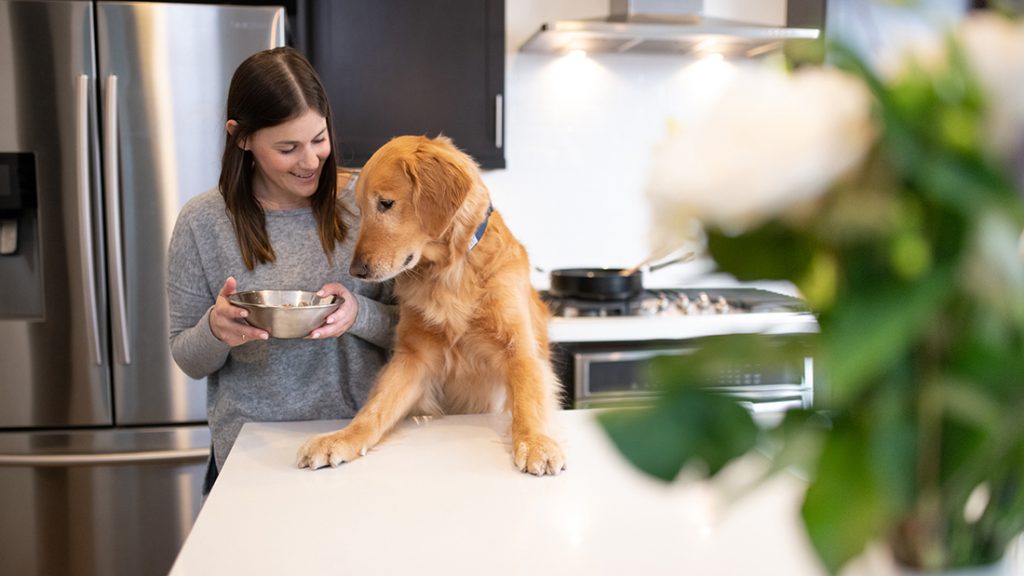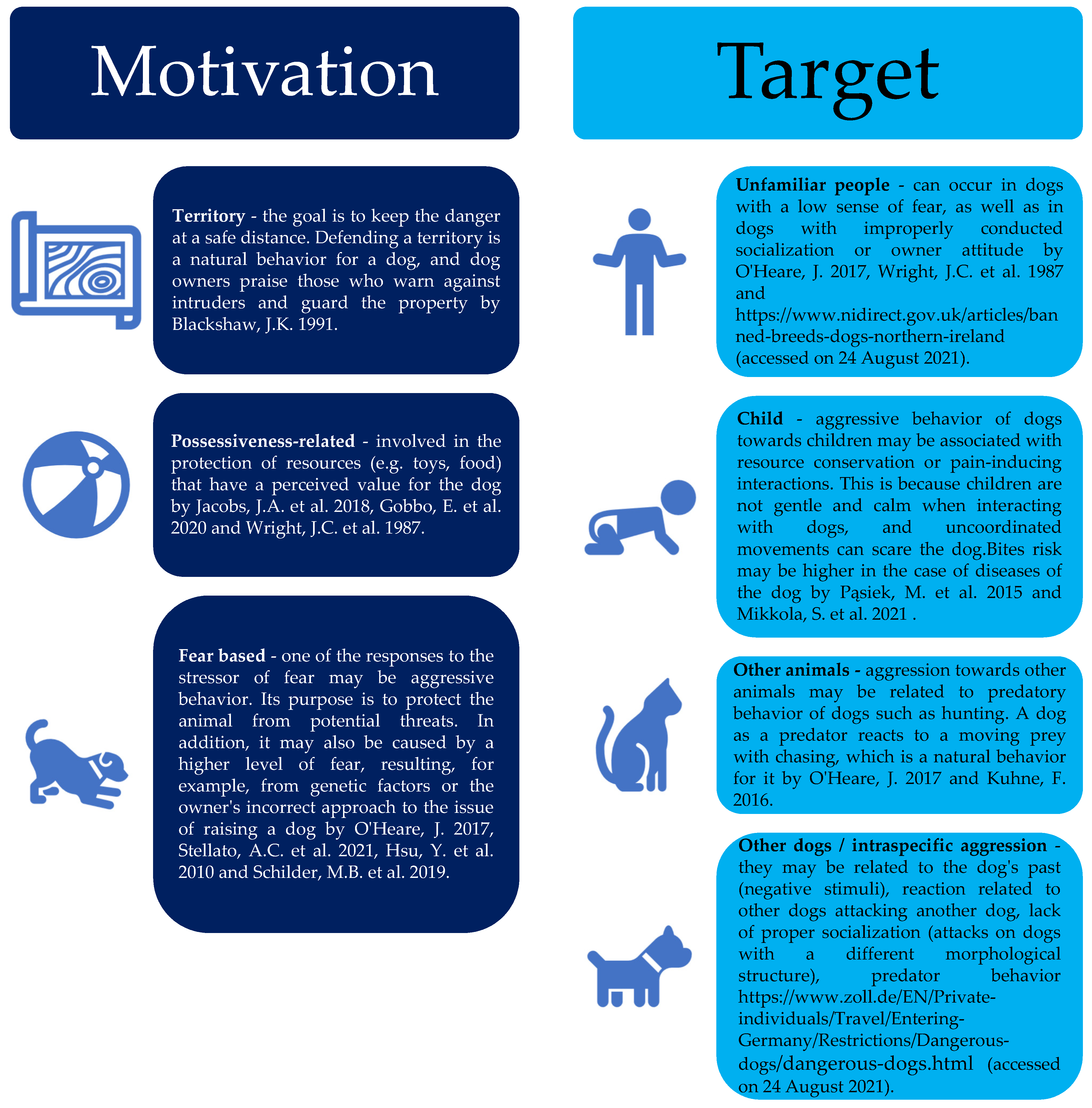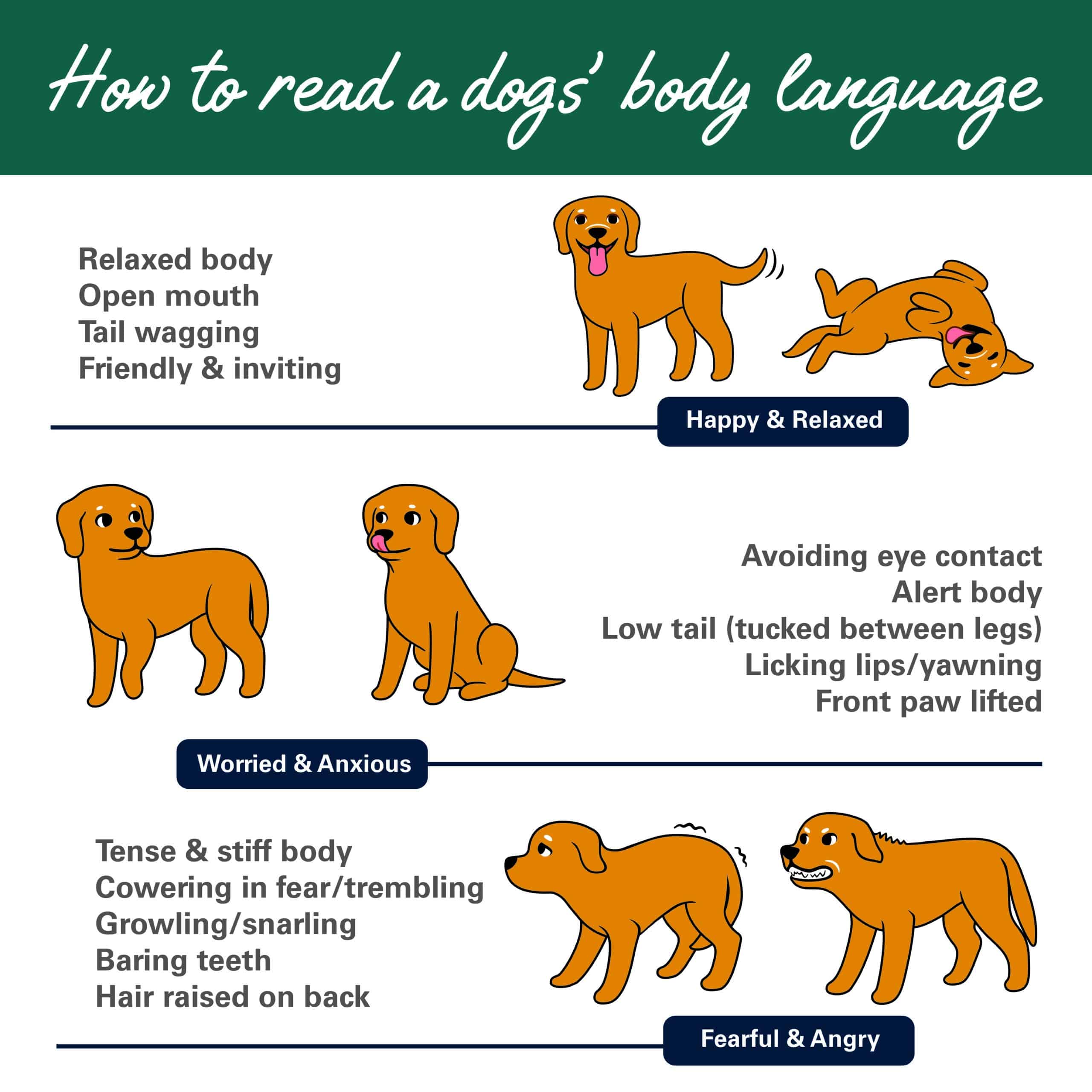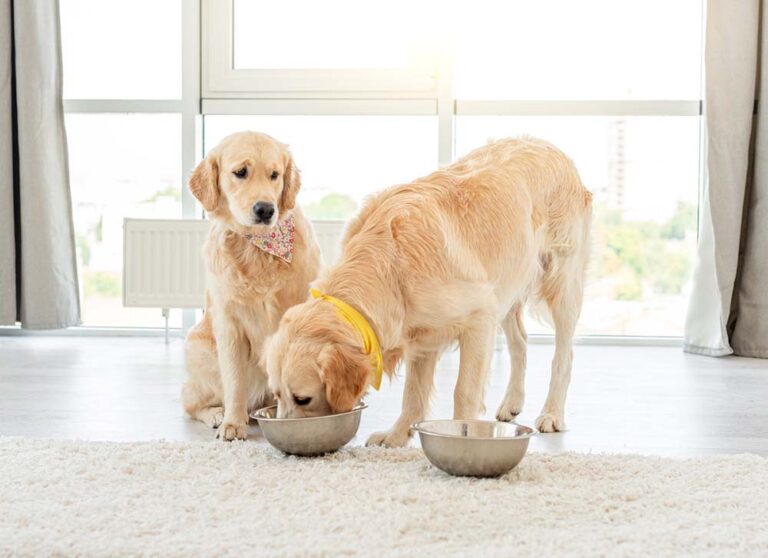To stop food aggression in dogs towards other dogs, focus on socializing your dog and training them with positive, reward-based methods. Keep them on a leash in unfamiliar places and be aware of other dogs around.
Watch for signs of aggression and address them promptly. Sequestering dogs in separate rooms during mealtimes can also prevent food aggression. Consistently rewarding good behavior and avoiding punishment for “bad” behavior can help modify aggression. While there is no cure for inter-dog aggression, controlling the problem through prevention and quick intervention during fights is essential.
By creating positive associations with other animals and people around food and toys, you can correct possessive behavior in dogs. Diligent management and modification techniques can effectively address food aggression in dogs.

Credit: www.justfoodfordogs.com
Understanding Food Aggression In Dogs
Food aggression in dogs is a behavioral issue that occurs when dogs express aggression towards other dogs over food. It can manifest as growling, snarling, snapping, or even biting, and is often a result of underlying factors such as fear, anxiety, or past experiences. Understanding the causes and signs of food aggression is crucial to effectively addressing and preventing this behavior.
Causes Of Food Aggression
There are several underlying causes that can contribute to food aggression in dogs. These include:
- Past experiences: Dogs that have had to fight for food in the past may develop food aggression as a survival mechanism.
- Fear and anxiety: Dogs may become protective and aggressive over their food due to fear or anxiety around other dogs or resource guarding.
- Territorial behavior: Some dogs may view their food as a valuable resource and become possessive and aggressive towards other dogs that approach.
- Lack of socialization: Dogs that have not been properly socialized with other dogs may exhibit food aggression as they may feel threatened by the presence of others.
Signs And Symptoms
Identifying the signs and symptoms of food aggression is vital in addressing the issue promptly. Common signs include:
- Growling and snarling over food
- Protective stance and body language
- Stiffening of the body, raised hackles, and bared teeth
- Snapping or biting towards other dogs
- Possessiveness over food bowls or treats
Effects On Other Dogs
The presence of food aggression can have detrimental effects on other dogs in the household or during social interactions. It can lead to heightened aggression, fights, and even injuries. Other dogs may become fearful, anxious, or stressed around the food-aggressive dog, causing problems with feeding routines and overall harmony within the group.
Moreover, food aggression can hinder the development of positive social interactions between dogs. It creates a tense and unpredictable environment, making it challenging for dogs to build trust and form healthy relationships based on mutual respect.
In conclusion, understanding the causes, recognizing the signs and symptoms, and being aware of the effects of food aggression in dogs towards other dogs are vital steps in effectively addressing this behavioral issue. By implementing appropriate strategies and seeking professional help if necessary, it is possible to alleviate food aggression and promote a harmonious and safe environment for all dogs involved.

Credit: www.mdpi.com
Methods To Stop Food Aggression
To stop food aggression in dogs towards other dogs, you can socialize and train your dog with positive, reward-based methods. Keeping your dog on a lead in unfamiliar places and being aware of other dogs is important. Additionally, paying attention to signs of aggression and taking steps to prevent confrontations can help manage the problem effectively.
Food aggression in dogs towards other dogs can be a concerning behavior that needs to be addressed to ensure the safety of all dogs involved. Fortunately, there are effective methods to stop food aggression and promote peaceful meal times. In this section, we will explore three main approaches to tackle this issue: positive reinforcement training, managing the feeding environment, and seeking professional help.Positive Reinforcement Training
Positive reinforcement training is a highly effective method to modify your dog’s behavior and eliminate food aggression. By using rewards and praise, you can teach your dog that sharing food is a positive experience. Here’s how you can do it:- Start by hand-feeding your dog small portions of their meal.
- While your dog is eating, approach them calmly and drop a high-value treat near their bowl as a reward.
- Repeat this process gradually, getting closer to your dog while they eat and rewarding them with treats.
- Remember to use a calm tone of voice and avoid sudden movements that may trigger aggression.
Managing Feeding Environment
Another crucial aspect of stopping food aggression in dogs towards other dogs is to manage the feeding environment. Creating a safe and controlled space during meals can prevent conflicts and promote a more relaxed atmosphere. Here are some useful strategies:- Feed your dogs in separate areas to avoid competition and reduce the potential for aggression.
- Establish a consistent feeding schedule, so your dog knows when to expect their meals.
- Remove any high-value items or toys that might trigger possessive behavior.
- Ensure each dog has their own space and food bowl to minimize opportunities for conflict.
Professional Help
If your dog’s food aggression issue persists despite your efforts, seeking professional help is highly recommended. A qualified dog trainer or animal behaviorist can provide valuable guidance and develop a customized behavior modification plan for your dog. They have the expertise and experience to identify the underlying causes of food aggression and implement effective training techniques.A professional will assess your dog’s behavior, provide targeted training exercises, and teach you how to safely manage food aggression situations. Remember, the earlier you seek professional help, the better the chances for successful behavior modification.In conclusion, addressing food aggression in dogs towards other dogs requires a comprehensive approach. By utilizing positive reinforcement training, managing the feeding environment, and seeking professional help when needed, you can create a peaceful and safe mealtime experience for your furry friends.Preventing Food Aggression In Dogs
Socializing your dog and providing positive, reward-based training are essential in preventing food aggression towards other dogs. A well socialized dog is less likely to show aggression towards other dogs, especially when it comes to food-related situations. Introduce your dog to various environments, people, and other dogs from an early age. This exposure will help them develop positive associations and decrease the likelihood of aggressive behavior.
Keeping your dog on a leash in unfamiliar places is crucial. This allows you to have better control over your dog’s actions and prevents any unexpected interactions with other dogs. Maintain a safe distance from other dogs and be mindful of their body language. If you notice signs of aggression, such as stiff body posture, growling, or raised hackles, calmly and confidently redirect your dog’s attention away from the source of their aggression.
Being able to recognize the early signs of aggression is essential in preventing and managing food aggression in dogs towards other dogs. Some common signs include:
- Bared teeth
- Growling or snarling
- Stiff body posture
- Raised hackles
- Intense staring or lunging
If you observe any of these signs, it’s important to take immediate action to prevent any potential conflicts. Remove your dog from the situation or redirect their attention to a different activity. It’s always better to err on the side of caution to ensure everyone’s safety.

Credit: animalemergencyservice.com.au
Frequently Asked Questions For How To Stop Food Aggression In Dogs Towards Other Dogs
How Do You Break A Dog’s Aggression Towards Other Dogs?
To break a dog’s aggression towards other dogs: socialize and train your dog with positive methods, keep them on a leash in unfamiliar places, be aware of other dogs, and look for signs of aggression. Similarly, discipline a food-aggressive dog by standing a few feet away while they eat, speaking to them calmly, and rewarding them with treats.
Note that inter-dog aggression cannot be cured, but it can be controlled through avoidance and intervention. To handle possessive aggression, create positive associations by giving treats and praise during interactions.
How Do You Discipline A Dog With Food Aggression?
To discipline a dog with food aggression, stand a few feet away while he eats and speak to him in a calm tone. Toss a treat in his bowl as a reward. Repeat this while he finishes eating. Consistently reward good behavior and avoid punishing bad behavior.
Sequester dogs in different rooms during mealtimes.
Can Aggression Towards Other Dogs Be Fixed?
Aggression towards other dogs can be managed but not completely fixed. Owners should learn to avoid triggers and break up fights safely.
How Do You Fix Possessive Aggression Towards Other Dogs?
To fix possessive aggression towards other dogs, create positive associations by giving treats and praise when other animals or people approach. This will help them understand that food and toys are not under threat, reducing possessive behavior. Diligent management and consistent rewards for good behavior are crucial.
Avoid punishing dogs for “bad” behavior.
Conclusion
To stop food aggression in dogs towards other dogs, it is important to socialize and train them using positive, reward-based methods. Keeping your dog on a leash in unfamiliar places and being aware of other dogs can also help prevent aggression.
Additionally, it’s crucial to keep an eye out for signs of aggression and intervene quickly if necessary. Remember, there is no real cure for inter-dog aggression, but with proper control and management, it can be controlled effectively. By creating positive associations for your dog and teaching them that other people and pets are not a threat to their food, possessive behavior can be corrected.
Consistently rewarding good behavior and avoiding punishment for “bad” behavior is also essential. Diligent management and modification techniques can address and prevent food aggression in dogs.



